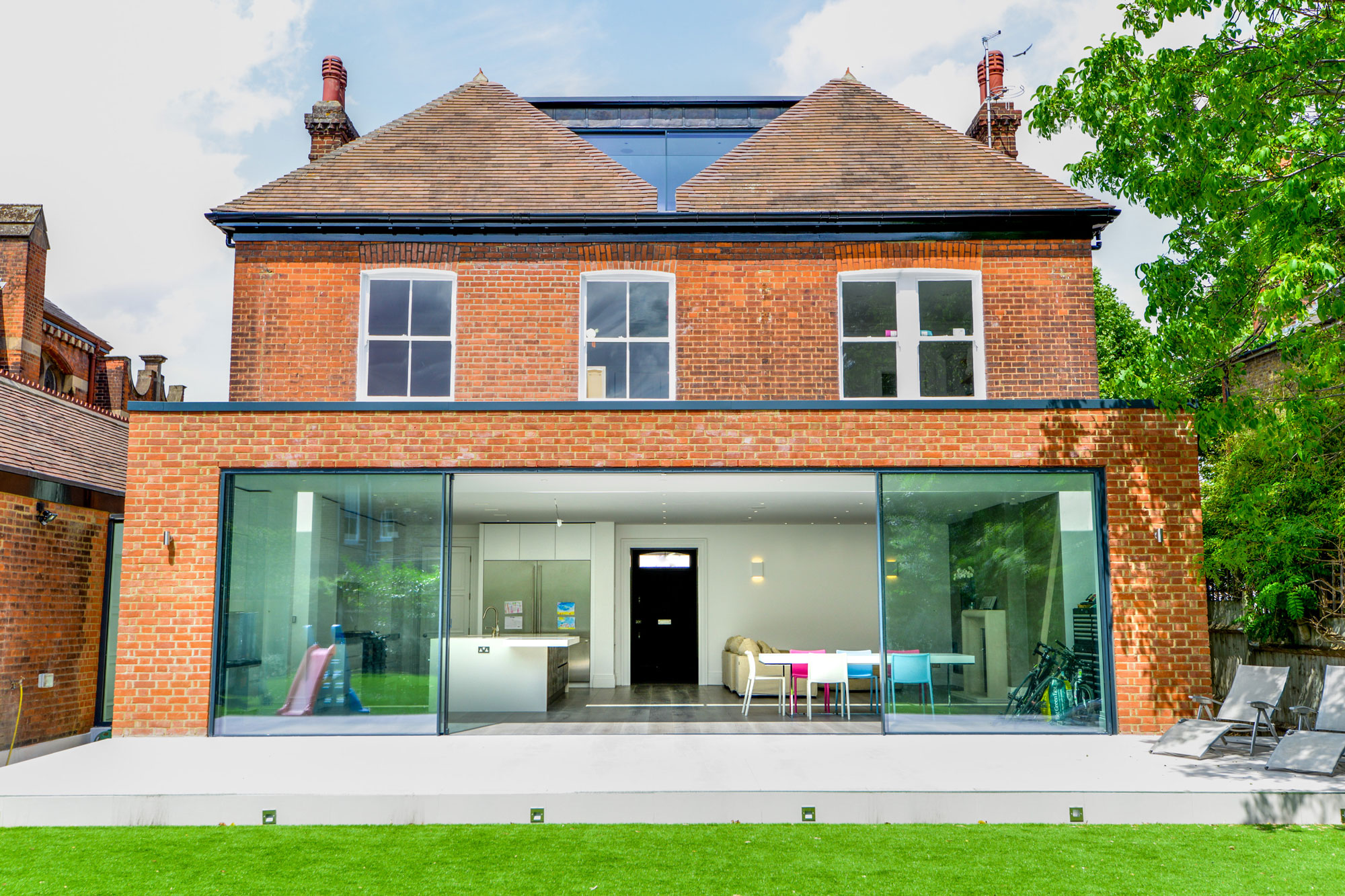There are many reasons why you may be considering a home extension. Your family might have grown, you may have purchased the home with the idea that it would work with an expansion, you might be feeling cramped after a year of working from home and want to add space for an office, or you may be thinking of selling it and know that the investment in an addition will result in a much higher selling value.
However, you do not have an unlimited budget for the extension and want to find some cost-cutting ways in which that can be accomplished. If this is your case, read on for some interesting ideas on how to accomplish this.
1. Work with What You Have

Are you the typical homeowner that uses the garage for storage? If it is so full that it cannot be used for anything other than a dumping ground, before embarking upon an expensive home addition, declutter the place. You may dedicate one wall to storage. Buy appropriate containers to store things you cannot part with and label them. Once the area is empty, you may find the remaining space ideal for the home office, exercise area, or another purpose you need now. Apart from using containers, using a garage storage rack is also a good medium for keeping your garage neat and tidy. As stated in this article from Craftsmanprotools, arranging items in a storage rack makes it very easy to access them, and frees up more floor space for other activities.
Working with an existing unused bedroom can also keep you from spending on an extension. Make it a multi-purpose room by adding a futon, or a Murphy bed for guests and set up the rest of the room as an office or children’s playroom.
2. Add a Single-Story Extension
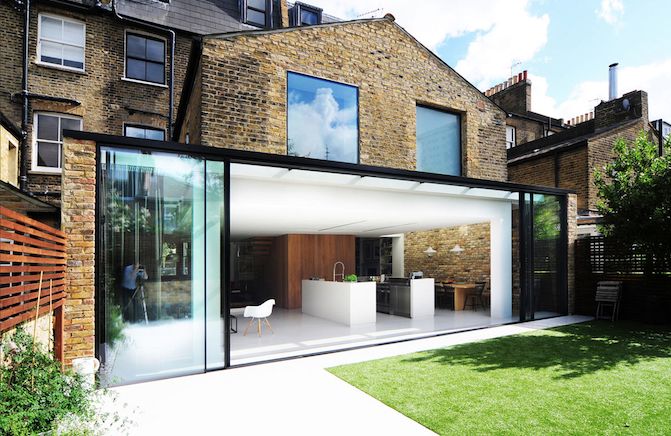
Even if the rest of your house has two stories, the extension can be a single story. Building a 250-square-foot room should be quite straightforward and easy to accomplish. Make sure you have the space before starting out and figure out what room it will be connected to.
You can extend the living room, a bedroom, or build out your kitchen. Once it’s finished, has lighting, and is painted, it can add a touch of character to your home.
3. Add an Independent Extension

Depending on the size of your lot and your particular needs, as well as the layout of your home, building a separate unit in your back yard may be the perfect solution to give you added living space.
It can be your yoga studio, home gym, guest bedroom, man cave, or simply a storage space for anything you can’t fit in your house anymore. If your lot permits it, you may build it in such a way that in the future it could be connected to the rest of the home.
4. Bring the Outdoors In
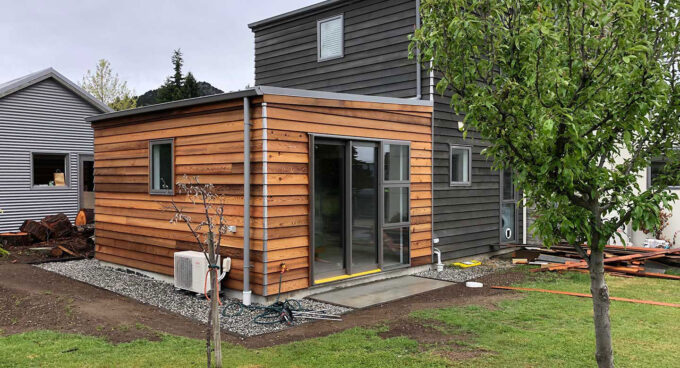
If your house already has a patio leading to your backyard, you may consider adding a roof to it, making it a real addition to your living space. You may put a ceiling fan for warmer months and build a chimney on one side to be enjoyed during the winter. If your budget allows, consider changing those old sliding doors to bi-fold moving glass walls.
Or if your house is more traditional, double French doors can also add a touch of class to the extension. Finish the space by getting a table and chairs and a sofa and it will truly add to your living space and to the overall enjoyment of the home.
5. Build a Pergola or Gazebo
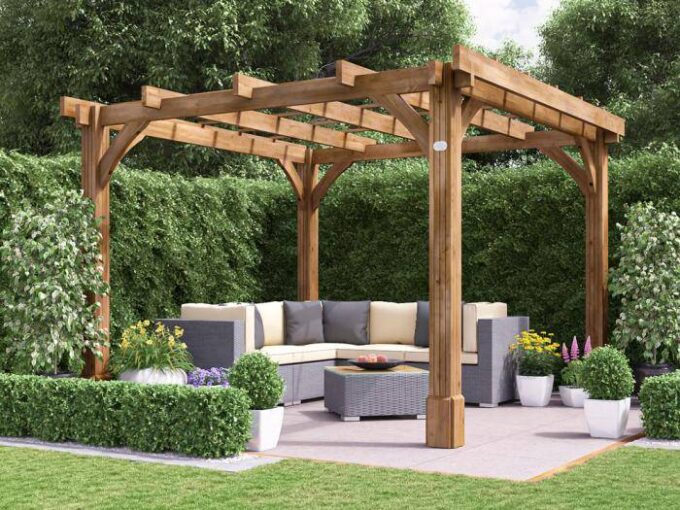
If you are simply looking to add more sitting space, or have an area where you can escape to when the kids are tearing down the place, building a pergola or gazebo in your backyard can offer you the perfect escape. Build trellises on sides where you want to avoid having to look directly at your neighbor or having them look at you.
Let some flowering vines grow through it and place an outdoor fountain from Soothing Company. And voila! in no time at all, you will truly have an oasis that will give you pleasure for many years to come.
What else can you do to reduce costs?
Start With a Plan and Do Not Overbuy
Mistakes and overbuying are costly. Start by planning precisely what you want to build and making a list of all the materials that you will need to purchase. If you are planning on tiling the floor or using hardwood, it’s fine to buy some extras to have in case patchwork is needed in the future, but don’t spend your money on buying too much extra material.
It may also be worth your time to find out where the local trades do their shopping. Look for clearance items and materials, and negotiate when it comes to buying a leftover piece of granite or some tiles. Also, ask for a reduction in delivery fees
Reuse, Repurpose and Recycle Materials
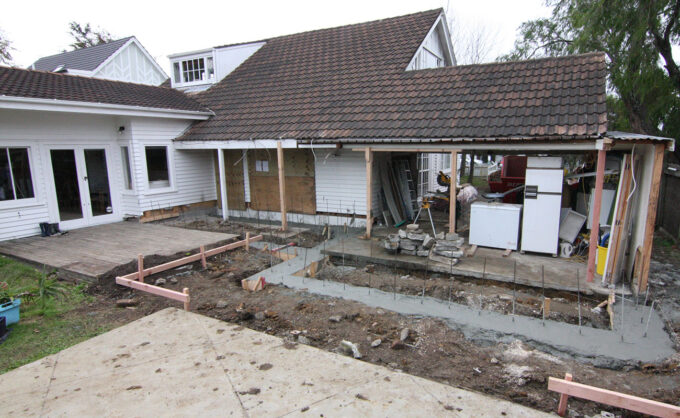
If you have old pieces of furniture taking room in your home or piled up in your garage, reupholstering them, painting them, or repurposing them can save you some money. If you are not good at this, try selling what you have. You will not only free up space, you may end up having some extra cash to invest in the new extension.
You may also save money by using recycled materials such as lumber for fireplace mantels. Also roof tiles, kitchen cabinets, or bathroom vanities. Scour the internet for bargains that will not only save you money but will help you end up with a unique addition.
Think Honestly About Your Available Time and Required Effort
Obviously, if you are doing the build yourself, not having to hire any extra hands will also result in lower costs. However, HHC general contractor in Seattle (click here for more) recommends that you think about how much building expertise you truly have, how much free time you can devote to the project, how much energy you have after work to dedicate to the addition, and how fast you need it.
If you are in doubt as to any of the above questions, you may be better off working with an experienced, licensed general contractor that will give you an estimate before starting out and will complete the project within budget and on time.

